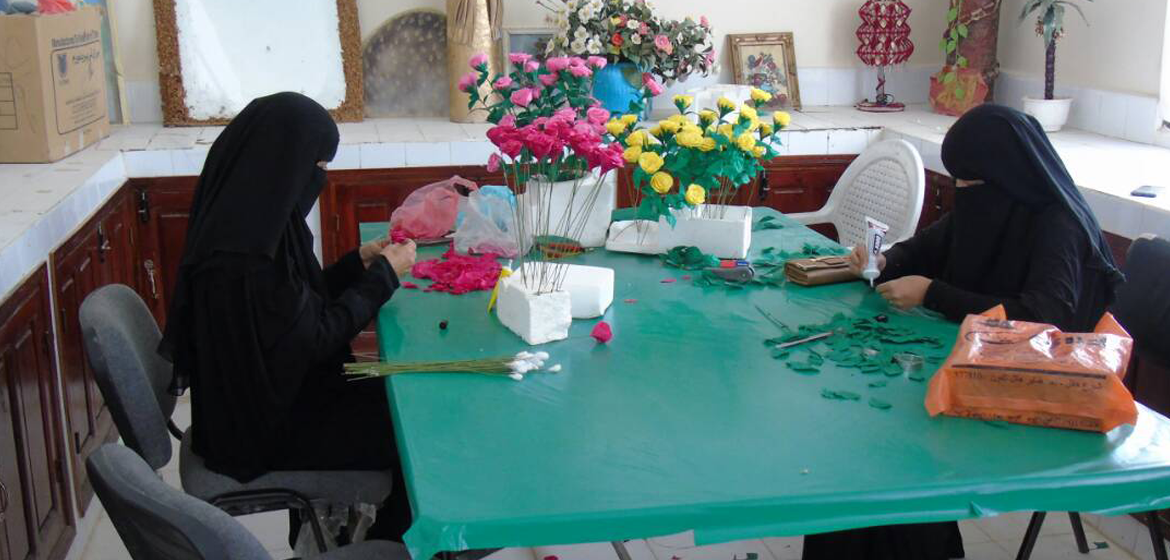The years 2014-2016 were extraordinary for the PWP internally and externally. On the external level the US department of treasury granted the PWP the quality and good performance certificate as the first Yemeni governmental institution obtaining this type of positive evaluation and the PWP got loans and grants from the WB and the Arab and Kuwaiti Funds to finance the fourth stage, which is an indication to the success of the PWP management unit in gaining the trust of the donor community.
This achievement was realized through the field exerted efforts during the project implementation based on the required conditions and specifications and this represents a positive indicator attesting the PWP management unit success in the implementation of all required conditions and prerequisites set by the donors with high transparency in order to have funding.
And internally, the situation the country lives in is exceptional which represents a challenge to the PWP management unit in continuing the development and growth performance and as usually practiced PWP succeeded with merit in gaining the bet and proved that it is the lever of development in Yemen.
The total number of projects completed by PWP during the period 2014-2016 amounted to 381 in a total cost amounting to USD 74,424,003 of which approximately 1,907,298 persons benefited and provided about 83,767 man/month job opportunities to accumulatively reach 5.000projects in a total cost of USD485million since the beginning of the third stage until the end of December 2016.
Based on the fact that the PWP became an effective tool to translate the national polices to local works on the ground, it availed a technical basis for the implementation of quality projects in the infrastructure targeting the most needy and deprived areas and thereby directly contributing to strengthening the decision making processes and the implementation of policies and objectives contained by the national plans and strategies where the number of beneficiaries of the PWP implemented projects amounted to 18million beneficiaries since the commencement of the third stage until December 2016 distributed on 22 governorates and the average number of beneficiaries of each one project is approximately 2,500 persons.
Similarly to the previous years the education projects acquired the greater percentage of PWP investments during the years 2014-2016 of the total projects as a key start of the overall development together with focus on female education and giving special attention to expanding the educational infrastructure to increase the basic education enrolment rates.
In the health sector the interventions focused on the improvement of the health situation and the provision of medical services to the beneficiaries.
In the water sector, the PWP efforts continued to focus on the traditional systems of rainwater harvesting such as dams, water weirs and water reservoirs which had huge positive impacts on the target areas.
Asphalting roads and paving the old suburbs and towns contributed to getting rid of dirt and rubbish and improvement of the aesthetic appearance of the area and movement and transport facilitation.
In the same direction, the PWP had a prominent role in supporting agriculture through the implementation and performance of water harvesting projects to assist people in the agricultural areas to make use of these waters and to improve their livelihood conditions.
The PWP activities are concentrated in the rural areas considering that 75% of the total population live in the countryside and 83% of the poor exist in these areas and consequently the orientation of the PWP in this field serves the supreme objectives set in the development and poverty eradication national plans and programs.
Compared with the second stage of PWP we note the increase of efficiency in investment allocation during the third and fourth stages in beneficiaries terms as the beneficiaries average of each one project increased from 900 to 2,500 persons in the third and fourth stage projects which is indicator to the developmental and economic feasibility of the PWP implemented projects.




